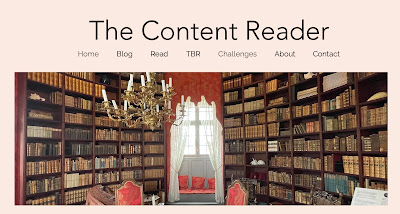Today's painting might not have so many secrets, but more of symbolism in it. It is
The Arnolfini Portrait (also know as
The Arnolfini Wedding among other similar titles) and is an oil painting on oak panel dated 1434. It was painted by the Flemish painter Jan van Eyck (ca 1390-1441). To paint in oil was a new trend at this time, and he has sometimes been said to be the "inventor" of oil painting. He also used optical phenomena to highlight the painting.
 |
| The Arnolfi Portrait |
The painting is believed to represent the Italian merchant Giovanni di Nicolao Arnolfini and possibly his wife, presumably in their home in the Flemish city of Bruges (present day Belgium).
Here some hidden messages to mostly reveal the status of the people portrayed.
The little dog present in the front of the picture, is to show that the couple are people of a higher rank, and who valued fidelity within marriage. The dog could also symbolise the wish for a child, which is also highlighted by the surroundings; the bedchamber, that the people are barefoot and the red colour representing love and eroticism.
There are many items showing that the two are classy people; the exclusive clothes, the oranges on the window sill, which were very expensive imported items at the time (maybe it also indicates that the merchant was dealing with fruit imports?), the ceiling lamp being of high quality, the oriental carpet, the unusually big mirror, the fine bed linen, and the jewellery. The broom on the bed head board is just an indication that this is a home where the woman made sure that the rooms were kept clean and this items thereby gives her a definite role in the house. In this case I presume that she did not do it herself, but had others to clean for her?
The painting is full of holy symbols; the Rosary on the wall, which also should show that the couple are good christians; the frame of the mirror, the burning candle in the chandelier, and the carved bed head which pictures the holy Margaret, the patron saint of pregnancy.
On the wall, above the mirror, we can find some graffiti, from the artist (it does not mean that it was actually on the wall in this bedroom). To add the signature like this was a novelty at the time. It says: "Johannes de eyck fuit hic" (Johannes van Eyck was here). Underneath is the year 1434, when the painting was made.
 |
| The Artist himself |
The convex mirror is magic, and if you look closer, you can see two persons entering the room, as if to gratulate the couple to the betrothal. One is supposed to be the artist himself, while the other person is unknown.
Is the woman pregnant? That is what I thought when I looked at the picture. However, art historians denies it. Her wide dress in the front was common clothing in the arts at the time. She is actually taking a pose which was typical for the middle ages, female saints who were virgins. One can possibly interpret the pose as if she wants to have a baby and that it is potential happening in the future.
Then there is a big question mark? During the years there have been many interpretations of the painting, and what really is going on here. The most common one, and the oldest, is that is was commissioned to portrait a married couple. It has then been seen as a marriage license, a proof that they were married. Another interpretation is that it is a betrothal. Furthermore, it has been described as being an announcement from the man that his wife has the right to have her own business. Personally, I can not imagine which signs would show that? The painting has also been seen as a memory of the man's dead wife. Different interpretations, and I guess we have to choose the one that appeal to ourselves.
The painting can be seen today at "The National Gallery" in London.
I don't know too much about paintings, but I know whether I like them or not! I guess that is a good start. But when you read what experts can read into paintings, it is quite amazing and it gives another way of viewing the paintings and learn from the times.
Since this came out rather long, there will be another post of the secrets of the painting, and that will concern the painting Raphael's
The School of Athens. The interpretation of the secrets all come from a supplement of the Swedish newspaper
Aftonbladet.






Comments
Post a Comment